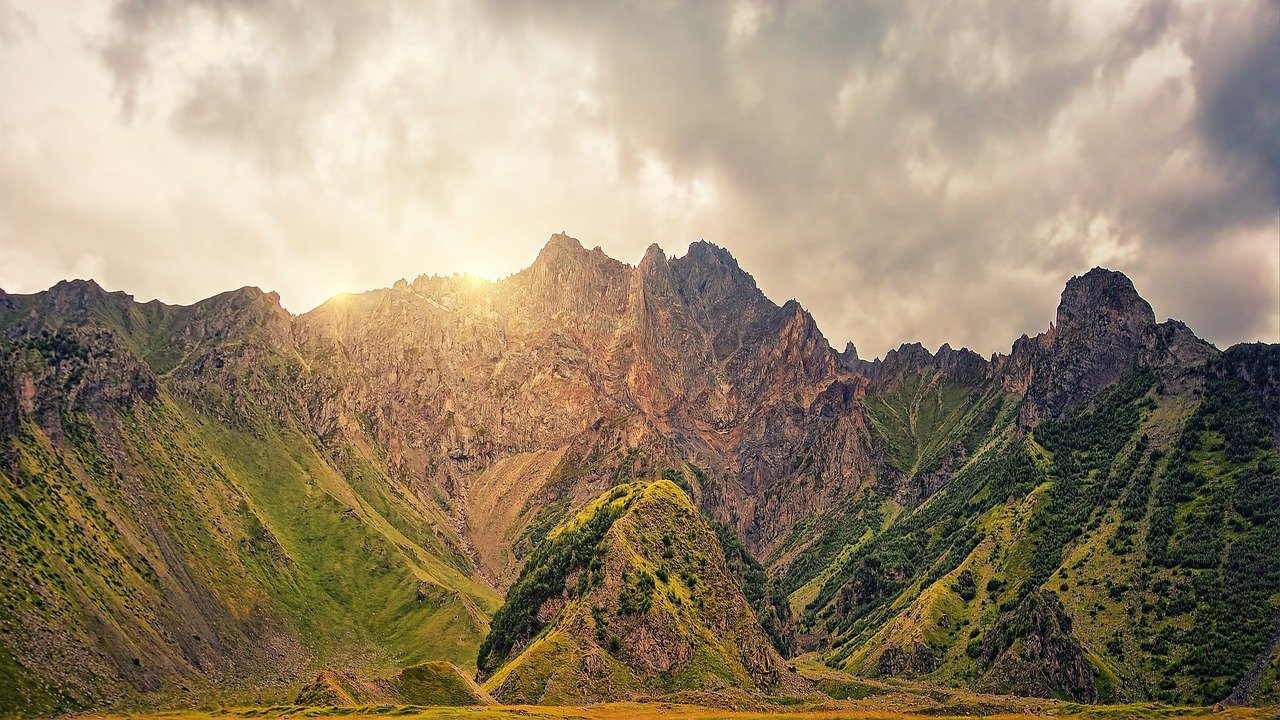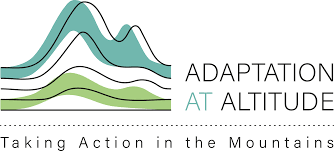New Release (27.10.2022): We’re excited to have launched the next iteration of the inventory (v2). This update includes many more research-oriented mountain observatories, operational stations, and locations where long-term monitoring is being undertaken but where there may be little physical infrastructure (e.g. GLORIA sites). We are extremely grateful to all individuals and organisations who have contributed station metadata so far, either explicitly or via Open Data policies.
This compilation of information on in situ observatories and other long term monitoring infrastructure in the world's mountains can be viewed as an interactive web map, with the corresponding dataset also available for download.
The need has been identified for a persistent database into which information about in situ observatories and other infrastructure in the mountains of the world can be compiled, and via which associated datasets can be more easily discovered and accessed (e.g. Shagedenova et al., 2021). This is especially important because a considerable proportion of in situ observations in mountains are made for research rather than operational purposes, leading to a diverse and somewhat fragmented 'data landscape'. Put simply, it is often unclear who is measuring what, where, how, and why!
In response, GEO Mountains, in close collaboration with the Mountain Research Initiative's Mountain Observatories and Elevation Dependent Climate Change Working Groups, presents such an inventory. This work builds upon previous contributions made by the community under the now-superseded Global Network of Mountain Observatories (GNOMO). An interactive web map is provided, and the entire dataset can also be downloaded flat file.
For the best experience, view the map in full screen mode (please be patient because depending on your internet connection, the full map, which includes the areas considered mountainous according to ≥ 1 "K" delineation, may take some time to load).
Zoom in to resolve the sites! To search for a given location, use the upper search box; to search for a site, use the lower search box.
Download
To download the full dataset, simply register here. A fuller description of the inventory, including its structure, is provided in a "READ_ME.txt" file.
Suggested citation: GEO Mountains (2022). Inventory of in situ mountain observational infrastructure, v2.0. DOI: 10.6084/m9.figshare.14899845.v2
Please contribute your sites!
The dataset will be updated regularly. We warmly invite contributions via this form from the global community of mountain researchers and practitioners. Please add sites that are currently missing, and/or improve the information regarding existing sites. Showcase your field efforts and increase the reuse and impact of your associated datasets!
To be considered for inclusion, sites should be “mountainous” (according to one or other delineation / definition). Ideally, a separate web page providing basic information would exist for each site, although sites without a dedicated webpage but which have been comprehensively described in the peer-reviewed literature can also be included. If you wish to provide additional or corrected information for a site already in the inventory, please indicate the GEO Mountains ID according to the most recent version of the inventory. If you have lengthy lists of sites you would like to contribute in tabular format, please send these to us directly (see contact details below).
Variables can be matched with the so-called Essential Mountain Climate Variables (EMCVs) that were preliminary defined by Thornton et al. (2021). Where applicable, submitters are also encouraged to indicate other or more specific variables that are measured, for instance those related to biodiversity/ecology or society/economy.
Other remarks
The GEO Mountains Secretariat also works to add sites from operational monitoring networks, as well as other research-oriented sites as we become aware of them.
Looking ahead, GEO Mountains will consider providing data storage and linking for those sites that are not able to make their data available in an open repository otherwise. In the meantime, plenty of other free options are available (e.g. figshare, PANGAEA, Mendeley Data, etc.)
Whilst we hope this resource will prove useful, we cannot guarantee the completeness or accuracy of the infromation given or datasets provided by third parties. Users should ensure that datasets accessed via this inventory are suitable for their intended application(s).
In the longer term, we hope to capture extensive metadata for each site to facilitate a comprehensive, interdisciplinary “gap analysis” of in situ mountain observations (i.e. for many variables and with respect to geography, time, and elevation).
To share other resources with the community (e.g. remotely sensed datasets, simulated datasets, open source codes, other tools), please make a submission to the GEO Mountains General Inventory using this form. This resource will also be released via the GEO Mountains website shortly.
For any general queries, please contact: geomountains@mountainresearchinitiative.org
Cover image by jplenio.








